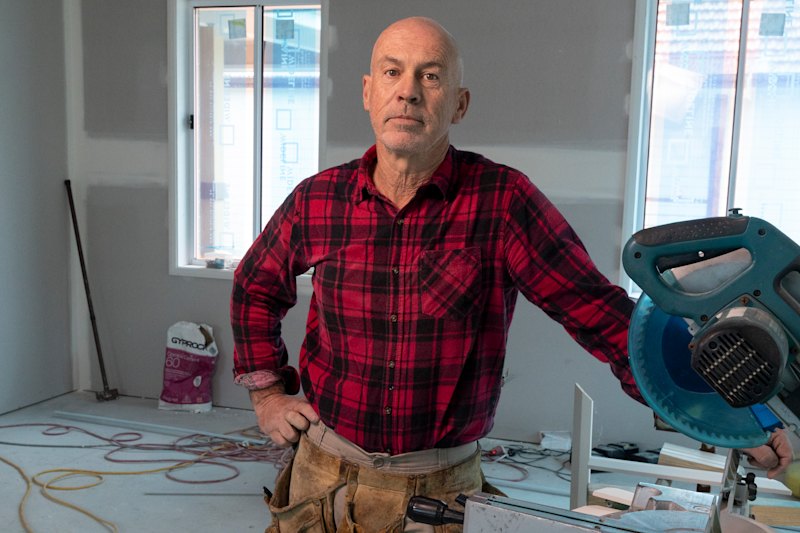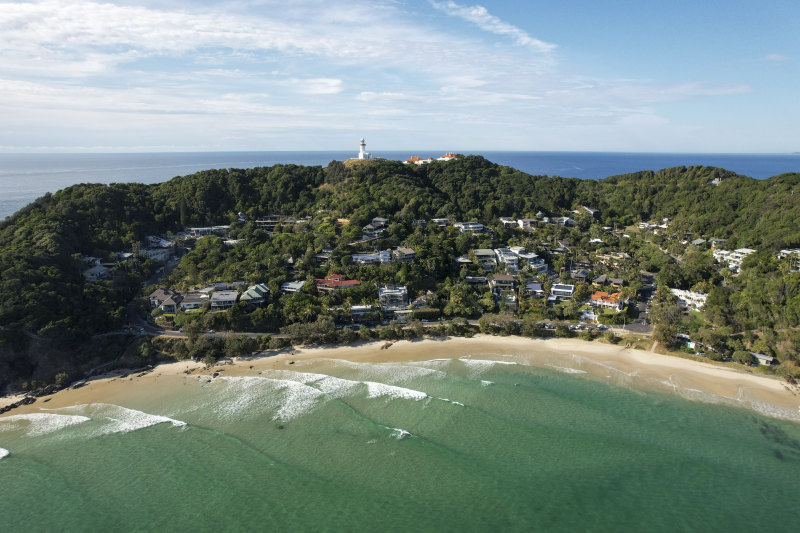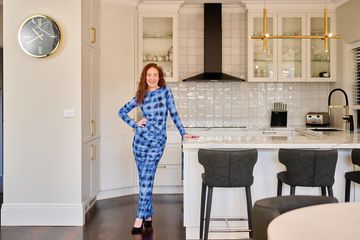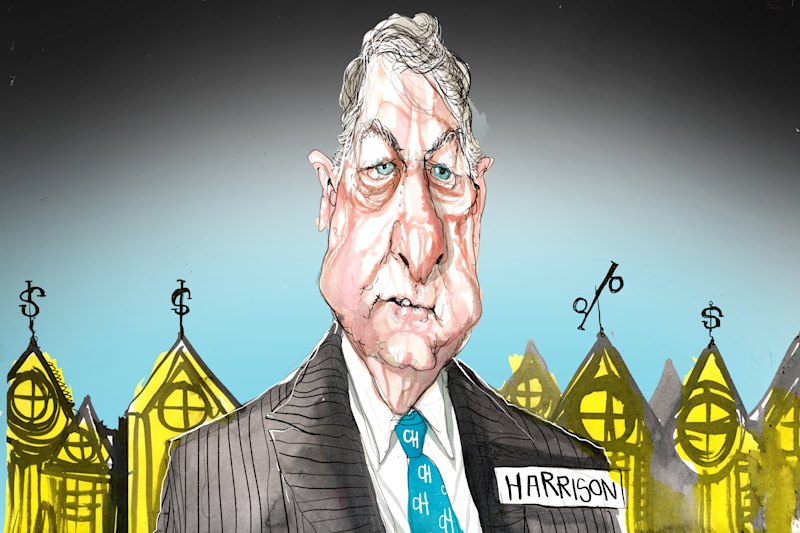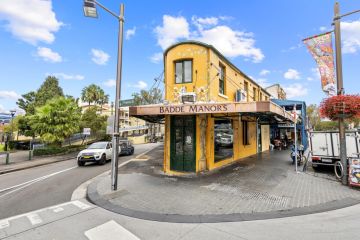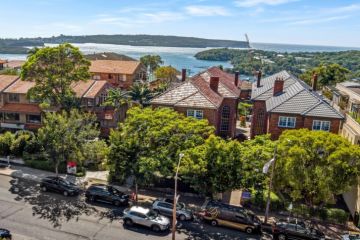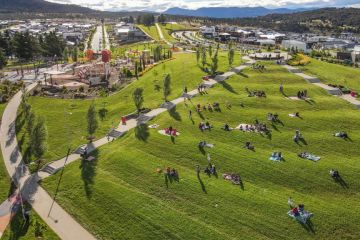Whitehorse Council seeks 30-storey building heights in precinct where it owns valuable land

A council in Melbourne’s leafy east has proposed new maximum building heights of 30-storeys in a booming commercial strip where its owns a multimillion-dollar parcel of land.
Whitehorse Council wants to increase urban density and encourage tall buildings in a major development precinct in Box Hill.
The suburb, widely considered one of the city’s hottest property markets, has recently recorded several $20 million sales as developers look to transform low-rise commercial buildings into residential skyscrapers.
The local council is now seeking state government approval to rezone parts of Box Hill in a bid to achieve its vision of becoming the “most significant urban centre in Melbourne’s eastern suburbs”.
The proposal would see a 30-storey preferred maximum height introduced across part of the major development precinct, near Box Hill railway station and Whitehorse Road.
But questions have been raised about a potential conflict of interest because the council owns a sprawling piece of unused land that falls within the precinct.
The 5500-square metre block, the site of the former Box Hills Bowling Club, is one of the largest blocks of land on Whitehorse Road.
The block is zoned for public use but has been earmarked for redevelopment in council documents dating back to 2007.
If it was rezoned, which would require state government approval, it could be worth up to $55 million, according to commercial real estate group Savills. A much smaller block — 2650-square metres in size — directly opposite the former bowls club sold for $30.8 million last year. In a statement, Whitehorse’s general manager for city development Jeff Green said the council “currently has no future plans for the site”.
Asked if the council could rule out selling the site, or guarantee it would remain land designated for public use, Mr Green only said “no decision has been made”.
He said it was standard practice for the council to conduct a detailed assessment of any site that has become vacant.
Savills’ state director Clinton Baxter said Box Hill was undergoing “extraordinarily rapid transition” with more than $300 million transacted in land sales within the past two years.
The area was “becoming one large construction zone”, Mr Baxter said.
“Land values in Box Hill doubled, and in some cases tripled, over the past two to three years as developers scramble to secure sites suitable for high-rise development.”
The current council guidelines do not have clearly-defined height restrictions for the Whitehorse Road area, which has created conflict between the council and community.
There are several buildings in Box Hill that have soared above 30 storeys. The recently-completed Whitehorse Towers stand at 26 and 36 storeys, while Sky One Tower will boast 36 levels once finished.
In July, former Whitehorse councillor Tanya Tescher told a panel of planning experts appointed by the Andrews government that no other metropolitan activity centre had allowed building heights similar to those approved in Box Hill.
“Why is Box Hill the only metropolitan activity centre among all of these which is proposing to [support] high towers?” Ms Tescher asked.
“There is no rationale for this except for allowing developers to make obscene profits.”
The planning panel wrapped up its hearings at the end of July, and is expected to hand down its report at the start of October.
There are about 150 residential projects underway in Box Hill, which will provide 5500 new apartments.

Last week, the council unveiled design plans for a new five-level car park on Harrow Street, its $16.7 million pricetag to be fully funded by the council.
We recommend
We thought you might like
States
Capital Cities
Capital Cities - Rentals
Popular Areas
Allhomes
More
